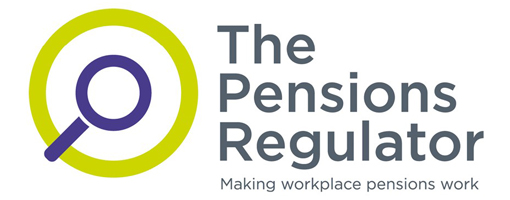The combined funding position of Rolls-Royce’s defined benefit (DB) pension schemes increased by £273m over the past year to a surplus of £48m as at 30 June 2022, according to the group’s latest annual accounts.
The firm revealed that the £273m movement from a deficit to surplus was primarily driven by an increase in discount rates on pension liabilities.
Cash contributions to DB schemes were also “broadly in line” with the income statement charge, with the group having previously made £94m in cash contributions in H1 2021 in order to make up deferred payments from 2020.
In addition to this, a net gain of £329m was recognised in the period to 30 June 2022, which the group attributed to market conditions at 30 June 2022, primarily due to higher discount rates across the various schemes.
In particular, the accounts showed that the surplus of the Rolls-Royce UK Pension Fund (RRUKPF) has increased to £1,134m, up from £1,118m in January 2022.
This included a past service credit of £6m, as a constructive obligation has also been recognised for the offering of the Bridging Pension Option (BPO) to other deferred members.
Although the DB scheme is closed to future accrual, the UK scheme's surplus was recognised in the accounts as, on ultimate wind-up when there are no longer any remaining members, any surplus will be returned to the group, which has the power to prevent the surplus being used for other purposes in advance of this.
In contrast, the group's overseas DB schemes recorded a total deficit of £1,086m.
This included a £5m settlement cost, as the group undertook a lump sum exercise with participants of the Rolls-Royce North America salaried retirement plan as part of the anticipated termination in the second half of the year.
In addition to the schemes' current funding positions, the group's accounts identified a number of future pension considerations as sources of estimation uncertainty.
For instance, the group noted that a reduction in the discount rate from 3.90 per cent to 3.65 per cent could lead to an increase in the DB obligations of the RRUKPF of approximately £260m.
However, the group clarified that this would be expected to be broadly offset by changes in the value of scheme assets, as the scheme's investment policies are designed to mitigate this risk.
An increase in the assumed rate of inflation of 0.25 per cent from RPI of 3.5 per cent and CPI of 2.95 per cent, meanwhile, could lead to an increase in the defined benefit obligations of the RRUKPF of approximately £90m.
In addition to this, a one-year increase in life expectancy from 21.8 years (male aged 65) and from 23.2 years (male aged 45) would increase the defined benefit obligations of the UK scheme by approximately £215m.
Furthermore, while the scheme has assumed that 50 per cent of RRUKPF members will transfer out of the fund on retirement with a share of funds transfer, an increase of 5 per cent in this assumption would increase the DB obligation by £20m.
Latest News
-
Pension saving slips down priority list as short-term pressures dominate financial planning
-
SPP warns salary sacrifice restrictions could hit pension saving and business costs
-
DB pension transfer redress set to remain low in 2026 after year of ‘radical decline’
-
AI tools repeatedly give wrong answers on pensions, research finds
-
Fourth iteration of national LGPS framework launches to meet ‘Fit for the Future’ reforms
-
Quilter launches smoothed funds with Standard Life to support retirement investors
Private markets – a growing presence within UK DC
Laura Blows discusses the role of private market investment within DC schemes with Aviva Director of Investments, Maiyuresh Rajah
The DB pension landscape
Pensions Age speaks to BlackRock managing director and head of its DB relationship management team, Andrew Reid, about the DB pensions landscape
Podcast: From pension pot to flexible income for life

Podcast: Who matters most in pensions?

In the latest Pensions Age podcast, Francesca Fabrizi speaks to Capita Pension Solutions global practice leader & chief revenue officer, Stuart Heatley, about who matters most in pensions and how to best meet their needs
© 2019 Perspective Publishing Privacy & Cookies










Recent Stories